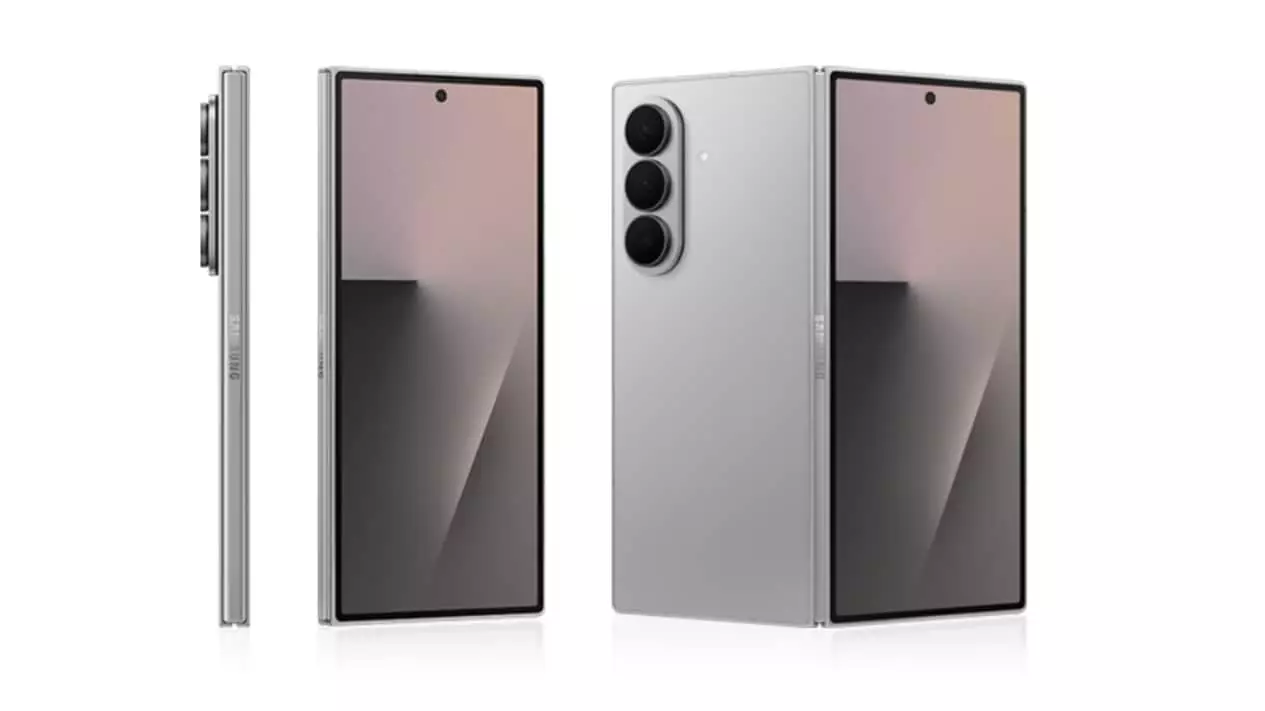For years, Samsung’s foldable lineup has largely been defined by the dominance of the Galaxy Z Flip series, capturing the imagination of consumers seeking sleek, pocketable devices. The Flip’s popularity was fueled by its innovative clamshell design, appealing to a broad demographic that cherished style and portability. However, recent data from South Korea signals a dramatic pivot: the Galaxy Z Fold 7 has now overtaken the Flip 7 in pre-orders for the first time. This development is not merely a statistical anomaly but a reflection of shifting consumer priorities and a reconsideration of what makes a foldable device desirable.
The idea that consumers are suddenly favoring a larger, book-style device suggests more than a passing trend. It indicates a deeper reassessment of value, usability, and the evolving expectations for mobile technology. The foldable form factor that once seemed niche or experimental is gradually becoming mainstream, challenging the previous assumptions that smaller or more compact devices would always dominate this category. This shift compels us to rethink not only Samsung’s product strategies but also the broader narrative about consumer preference and technological innovation.
Beyond Surface-Level Preferences: Why the Fold is Gaining Ground
The surge in pre-orders for the Galaxy Z Fold 7 indicates a growing appetite for versatile, multi-purpose devices. Larger screens inherently attract users who rely on their phones for productivity, multimedia consumption, and multitasking. The “tablet-in-your-pocket” concept resonates with a demographic that values efficiency, creativity, and engageability—especially among professionals and tech-savvy consumers in their 30s and 40s.
Furthermore, the shift hints at a broader trend of scanning beyond superficial features like color options and marketing hype. The fact that the most popular shades—such as Blue Shadow and Jet Black—align with a desire for understated elegance suggests consumers are seeking tools that feel premium yet practical. The gender distribution of pre-orders—more men opting for Fold 7 and women leaning towards Flip 7—also illustrates that personal preferences are becoming more nuanced, rather than being dictated solely by brand loyalty or marketing narratives.
This transition raises questions about the true drivers behind consumer choice: Is it merely the allure of novelty, or is it a recognition of the superior functionality offered by the Fold? Given the 14% increase in pre-orders compared to last year, it’s clear that many consumers are no longer content with a device that’s merely “pretty.” They want comprehensive, flexible technology that adapts to their dynamic lifestyles. The foldable format that accommodates multiple uses in a single device could well define the next chapter of mobile innovation.
Implications for the Industry and Consumer Perception
Samsung’s rising pre-order figures serve as both a wake-up call and an opportunity for the entire industry. For years, many manufacturers dismissed foldables as a niche segment destined for limited appeal. Now, the data suggests a paradigm shift: consumers are beginning to see foldable smartphones not merely as fashionable gadgets but as essential tools that enhance productivity and life quality.
This change in perception could influence competitors to expedite their own foldable offerings, leading to more diverse options and competitive pricing. The Indian market’s enthusiasm mirrors this global trend, with pre-order figures almost matching those of flagship series like the Galaxy S25. Such enthusiasm indicates that the foldable form factor is no longer a late adopter’s luxury but an emerging mainstream preference.
However, it’s crucial to approach this trend with a degree of skepticism. Pre-order data often reflects initial excitement that may not translate immediately into sustained sales. The question remains whether users will embrace their Fold devices over the long term or revert to traditional smartphones once the novelty wears off. Manufacturers and consumers alike must consider durability, software ecosystem, and ecosystem integration when evaluating the true potential of these foldables.
The rise of the Galaxy Z Fold 7 as a frontrunner symbolizes a decisive moment in mobile technology development—one that challenges established assumptions and underscores a more mature understanding of consumer needs. It emphasizes that the future of smartphones might not be about smaller or more portable devices alone but about flexible, multi-faceted tools that adapt to the complexity of modern life. If the industry can harness this insight, it could lead to a more inclusive and innovative technological landscape—one where the fold is no longer a niche but a norm.

Leave a Reply